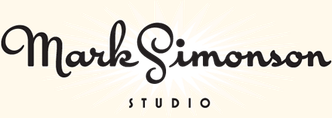I was interviewed a couple of months ago for a podcast called Cedar Cathedral, which focusses on “artistry, craftsmanship, and the creative life in the Great Lakes” region. Somehow, I missed that they posted it in mid-July.
Steve and Claire Hendershot, the hosts, did a wonderful job. Total pros, not slackers. They actually came all the way from Chicago to my house with a digital audio recorder, professional mic, and everything—none of this Skype nonsense. I think it’s one of the best interviews I’ve done. Definitely the best sounding.
Update: Unfortunately, this podcast is no longer available.
Alastair Johnston, who has written some very nice books about type, has posted an item on his blog skewering the period typography of the TV movie The Mystery of Edwin Drood.
Earlier today I watched this wonderful presentation by Jeremy Keith that he gave at the Build conference. He touches on something I’ve thought about for a long time, going back even before personal computers: The long term prospect of the media we record things on—paper, records, magnetic tape, film, video tape, floppy disks, compact disc, DVDs, hard drives and servers.
I had almost the same thought as Jeremy: I picture archaeologists in the distant future studying what remains of our culture and finding lots of documents and records right up until around the end of the twentieth century—and then almost nothing that can be read or decoded.
Printed books, artwork, typed and written manuscripts, photos on film and paper, with all of these media, you can either read and decode it directly with your eyes. It may be faded or fragile, but if it survives, whatever is recorded on it will survive. Even movies on film and phonograph records could be reverse-engineered just by using observations and common sense, even if some of the nuances may be lost.
Then you get to magnetic tape. If you’ve never seen it before, it’s not obvious what it is, and even if you guessed correctly, the magnetic signals on the tape fade over time and the tape itself deteriorates.
Things start getting really bad when you go to analog video tape. To even make sense of what’s on the tape—assuming you figure out that it’s some kind of motion picture medium—you would need to reinvent the television and video tape player. Very difficult, but conceivable.
All bets are off when you get to digital storage, which Jeremy gets into in detail in his presentation. To me, it seems that it would be nearly impossible to recover anything stored digitally if, in some cataclysm, the knowledge of computer technology was lost.
Even things from the recent past are getting difficult to access. I switched to digital tools for most of my design and artwork in the late 1980s. Some of the work I did—in the form of PageMaker files, for example—I would have a difficult time retrieving. Yes, technically, much of this stuff can be accessed if you have old enough hardware and software. But hardware doesn’t last forever, and what about more recent software that requires internet activation?
When I look back through my old artwork, I have less and less in the form of physical objects—drawings, photos, printed samples. Physical objects get old, faded, and damaged, but you can still hold them, and look at them. Digital stuff never gets old or faded, but if even a few bits of data are corrupted, an entire file or disk can be lost forever, even if you still have something to read the media.
Then I think, who cares, other than pack rats like me? I thought the same thing watching Jeremy’s talk. Sure, huge amounts of digital culture may be—probably will be—lost to the future. But remember, there are many things from the past that are lost to us now because they happened before sound and picture recording—musical performances, theatrical performances and speeches, historical events. But lots of stuff did survive and will survive. We still print tons of books and magazines (so far). People still keep journals and diaries, and artists still keep sketchbooks.
Ultimately, culture is for the living. If it survives to be studied and appreciated by people in the future, great, and I hope it does. If not, I’m sure they’ll be busy making their own anyway.
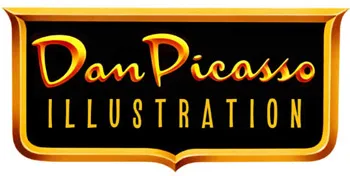
I just discovered today that my old pal, illustrator Dan Picasso, has a new website. danpicasso.com. Back in the eighties, Dan and I worked together at MPR and later shared an office together as freelancers. We’ve drifted apart since then.
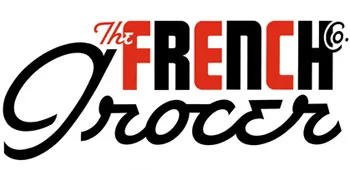
Dan uses a real airbrush in his work—none of this Photoshop nonsense. Most of the works displayed on his site are new to me. He’s done some amazing pieces of lettering design. He definitely had an influence on my taste for lettering and type. And I love the car paintings. I don’t think I’ve seen them before.
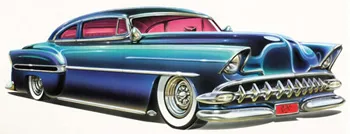
Love this whole idea. This is how I set headlines when I was a young graphic designer. No way would I use a pencil, though. Too much risk of warping the sheet. I had a nylon-tipped burnisher, specially designed for the job of rubbing down transfer type. (Via Draplin)
Field Notes: Dry Transfer Edition Instructions from Coudal Partners on Vimeo.
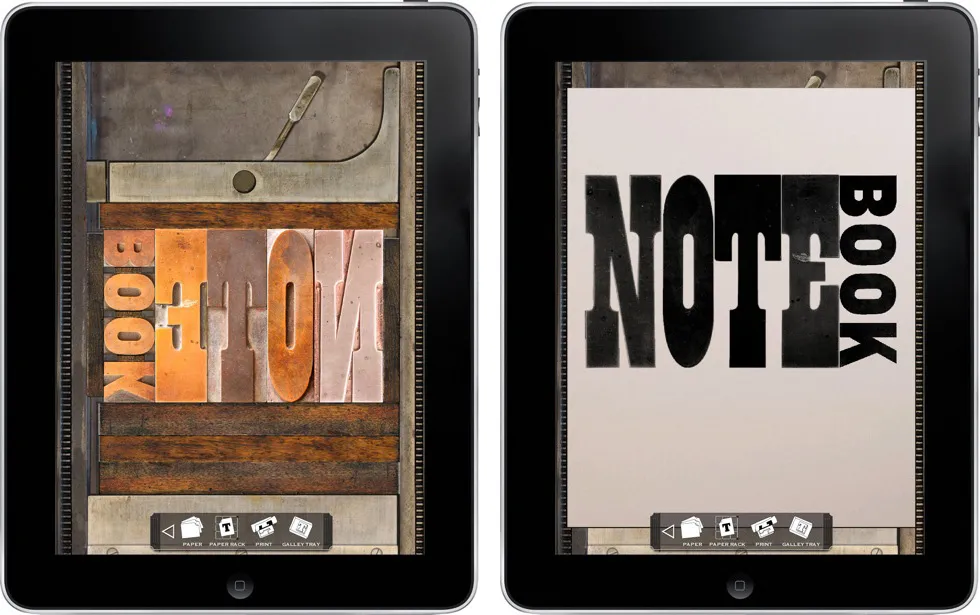
LetterMPress is a virtual letterpress app for the iPad—at least that’s the idea. The project is using Kickstarter to raise funds to complete the app and to acquire wood type fonts to include (virtually) in the app. More info on Kickstarter.
I think it’s a neat idea. Not only will you be able to make compositions on a virtual press bed with virtual wood type, mix and apply virtual ink, and make virtual prints, if all goes according to plan, you will be able to send them your design and have it all done for real, with real wood type, ink, and paper.
Some letterpress purists may scoff, but I think it has the potential to introduce the joys of letterpress printing to a much wider audience.
